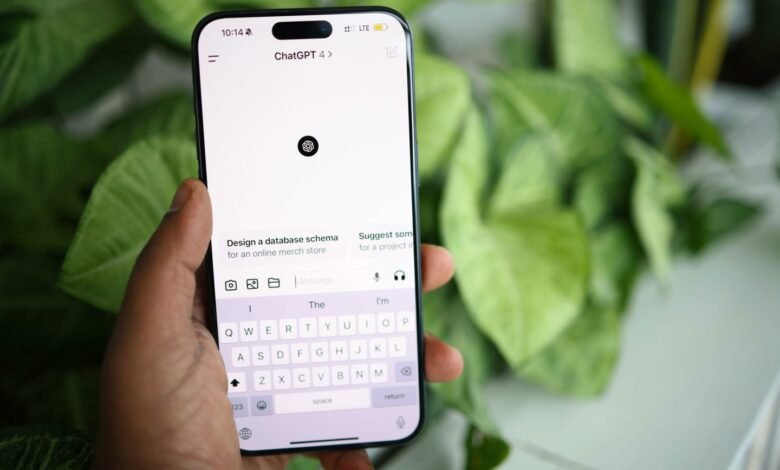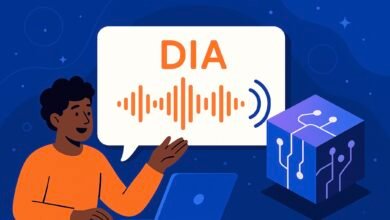ChatGPT group chats may help teams bring AI into daily planning

OpenAI has introduced group chats within ChatGPT, giving people a way to bring up to 20 other people into a shared conversation with a chatbot. The feature is now available to all logged in users after a short beta earlier this month, and it transforms ChatGPT from a mostly individual tool to something that supports collaboration between small groups.
OpenAI frames the update as a simple way to plan everyday tasks with friends, family members, or co-workers, such as making dinner, preparing for a trip, or drafting an outline together. But this feature may have broader value for teams already using ChatGPT for brainstorming, research, and early project discussions.
How the feature works
A group chat starts when you select the People icon in the top-right corner of the ChatGPT app. The app creates a new shared space by copying your existing conversation, and you can invite others by sending a link. This link can be shared again, allowing people to bring more participants into the discussion.
The first time a user joins or creates a group chat, ChatGPT asks them to set a name, username, and profile picture so the group can identify who is speaking. OpenAI says ChatGPT is trained to “go with the flow of the conversation,” determining when to respond and when to remain silent. If someone wants ChatGPT to add something directly, they can mention “ChatGPT” in their message. The model can also interact with emojis and use profile pictures when creating custom images.
The settings panel in the upper-right corner of the screen allows users to add or remove people, mute notifications, or provide personalized instructions to ChatGPT. OpenAI says the model will not use memories from personal chats within group chats and will not create new memories based on group activity.
Group chats run on GPT-5.1 Auto, which chooses a response form based on the prompt and options available to the user. Rate limits apply only when ChatGPT sends a message. This rollout follows the recent release of GPT-5.1 Instant and Thinking models, and the earlier launch of Sora, a social app for creating short videos.
How group chats can support real collaboration
While the consumer view focuses on informal planning, many of the challenges businesses face stem from how people share ideas, review drafts, and coordinate across different roles. Group chats may help reduce some of this friction by giving teams a single space to talk with ChatGPT in the loop.
Align cross-functional teams
Large organizations work to keep product, design, engineering, and marketing teams aligned, especially at the beginning of a project. Early ideas can get scattered in email threads and chat apps.
In a group chat, everyone can contribute in one place. If someone joins late or misses part of the discussion, ChatGPT can summarize the topic, identify open questions, or help turn group notes into an organized plan. This helps teams move from early discussion to action without losing context.
Smoother review cycles
Drafts usually go through long review loops involving different people using different channels. Comments come at different times, and it becomes difficult to keep track of the current version.
In a group chat, a team can respond to the same draft together. ChatGPT can rewrite sections, compare alternative versions, or help clarify comments, which can speed up the work of teams dealing with tight deadlines or frequent updates.
Faster onboarding for new teammates
New team members who join projects that have months of history behind them have to spend time tracking down old messages and files to understand how decisions were made. A manager can add a new teammate to an existing group chat and have ChatGPT summarize previous discussions, highlight key choices, and show tasks that remain open, reducing the time to onboarding.
Coordination of joint tasks
Routine coordination—such as setting up an internal workshop, drafting a client email, or planning an event—is often slowed down by days of back-and-forth messages. In a group chat, anyone can ask ChatGPT to create a schedule, rewrite a message, create a checklist, or compare options. The group can then fine-tune the details together without starting from scratch every time.
Organizing creative reactions
Creative work can stall when feedback comes in chaotic or conflicting forms. Designers, writers, and analysts often get feedback spread across different channels. Group chats keep all comments in one place. ChatGPT can group comments into topics, point out inconsistencies, or suggest drafts that reflect what the team wants. This can help reduce rework and steer the group toward a common direction.
A broader shift in how teams use ChatGPT
The introduction of group chats comes during a period when many companies are testing ways to integrate AI more deeply into their workflow. ChatGPT already helps many users draft, summarize, and review work. Giving teams a shared space could change how early project conversations take shape, especially for organizations experimenting with AI-powered planning and reviews.
This feature does not replace human coordination, but it provides a common surface where people can talk to each other and bring ChatGPT into the discussion when needed. For teams dealing with sparse input, slow revisions, or rapid context switching, group chats may provide a simpler way to keep projects moving.
(Photo by Solen Veisa)
Want to learn more about AI and Big Data from industry leaders? Check out the Artificial Intelligence and Big Data Expo taking place in Amsterdam, California and London. This comprehensive event is part of TechEx and is co-located with other leading technology events. Click here for more information.
AI News is powered by TechForge Media. Explore other upcoming enterprise technology events and webinars here.
Don’t miss more hot News like this! Click here to discover the latest in AI news!
2025-11-21 08:00:00




